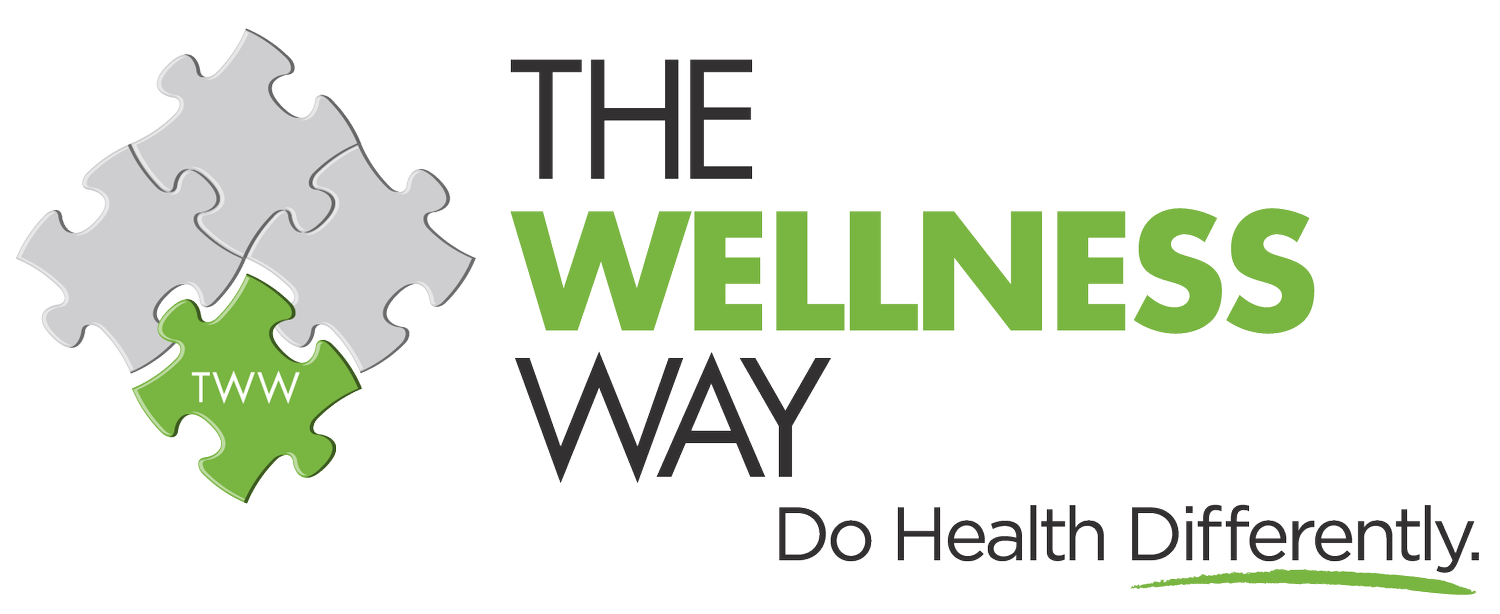How Low Energy Impacts Athletes: Signs, Risks, and Solutions for Better Recovery
Energy powers every moment of our lives, from the burst that gets us through a tough workout to the quiet strength needed for daily recovery and repair. For athletes and active individuals, energy balance is more than just numbers or calories - it’s the foundation for resilience, performance, and lifelong health.
When the body spends more energy than it receives, subtle warning signs often appear. Over time, this gap can lead to persistent fatigue, recurring injuries, or shifts in mood and hormones. Understanding how to recognize and respond to these signals is key to reaching new levels of strength and well-being.
Curious about how to protect your energy and unlock your full potential? Dive into Dr Connor’s video for in-depth insights and practical takeaways.
Ready for tailored guidance? The Wellness Way Sarasota team is prepared to help you feel and perform at your best so connect with our experts today!
What Is Energy Availability?
Energy availability reflects the amount of energy left for your body's vital processes after covering exercise needs.
A higher energy availability supports not just performance, but also essential hormone balance, bone health, and recovery. If this number drops too low—especially below 30 calories per kilogram of lean mass in female athletes—the body starts to cut back on important metabolic processes, leading to what experts call Low Energy Availability (LEA) and, in athletes, Relative Energy Deficiency in Sport (RED-S).
Who’s At Risk?
While RED-S was historically tied to young, competitive female athletes, it’s far more widespread than people realize.
Female and male team sport athletes
Runners and endurance enthusiasts
Weight-class and aesthetic sport participants (wrestling, rowing, gymnastics)
Fitness-focused individuals, especially those dieting or training intensely
Adults with chronic illness or poor appetite
Anyone regularly burning more energy than they replace is vulnerable, whether beginner, seasoned athlete, or someone facing health conditions impacting nutrient absorption.
Why Does Low Energy Matter?
Chronic LEA or RED-S can trigger cascading health issues:
Hormonal Imbalances
For females, skipped or irregular cycles (amenorrhea) often signal the body is under stress. This not only affects fertility but also estrogen-related bone protection.Metabolic Slowdown
Reduced thyroid hormones (like T3), elevated cortisol, and sluggish metabolism can sap strength, stall progress, and tank motivation.Bone Health
Without adequate estrogen or testosterone, bone density suffers—leading to stress fractures and lingering pain.Weakened Immunity
Frequent illness, slow recovery, or persistent fatigue may indicate your body is struggling to keep up.Mental Health
Anxiety, mood swings, and poor sleep are all warning signs.
Key Warning Signs to Watch
Catching the early symptoms can prevent more severe problems. If any of these sound familiar, review your energy balance and consider a check-in with our team:
Hitting a training plateau, especially if recovery feels impossible
Persistent fatigue or lack of sleep quality
Irregular, light, heavy, or missing periods in women
Constant minor injuries or stress fractures
Declining motivation or mood changes
Poor bone health, low testosterone, or other subtle lab changes
Fitness trackers (like WHOOP or Oura) can help monitor calorie output, heart rate variability, and sleep quality—but real insight comes from combining these data points with expert lab work and personalized advice.
Prevention and Recovery Strategies
Staying ahead of energy deficiency is easier than you think:
Respond promptly to fatigue, mood changes, and poor performance
Fuel before and after workouts, especially endurance sessions (aim for at least 30g carbs and 15g protein before for women)
Prioritize nutrient-dense foods—focus on quality carbs like berries, fruit, and whole grains over processed snacks
Adjust training volume if persistent symptoms appear, and keep communication open with coaches or trainers
Consider periodic hormone, thyroid, and bone density tests, especially if working through tough training blocks or high output sports
Use screening tools like the LEAF or RED-S questionnaires to catch risk early
Our team often recommends lab reviews at the start of training seasons and midway checkpoints to catch any dips early, so you can adjust before major competitions. Proactive testing and expert guidance can make all the difference when it comes to performance and long-term well-being.
Ready to take control of your energy and performance? Schedule your complimentary discovery call with The Wellness Way Sarasota today. Our team is here to support your goals and help you thrive—click here to reserve your spot!

